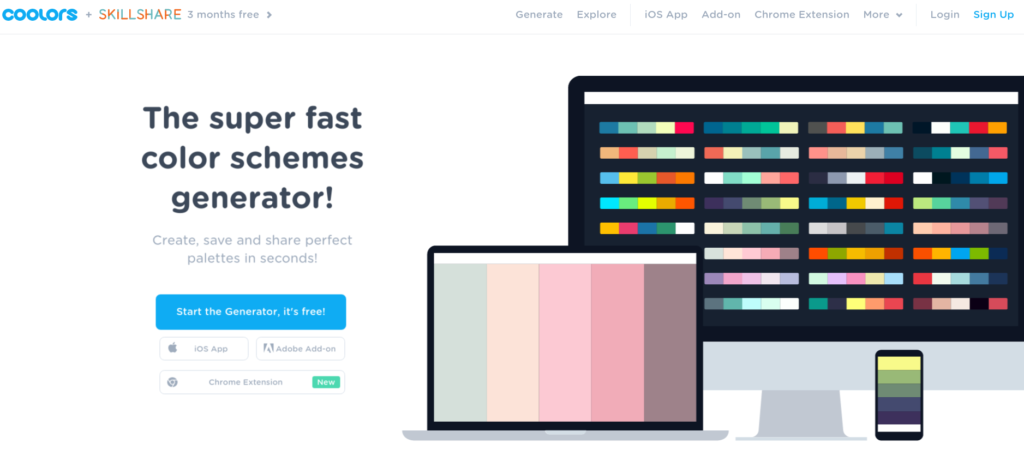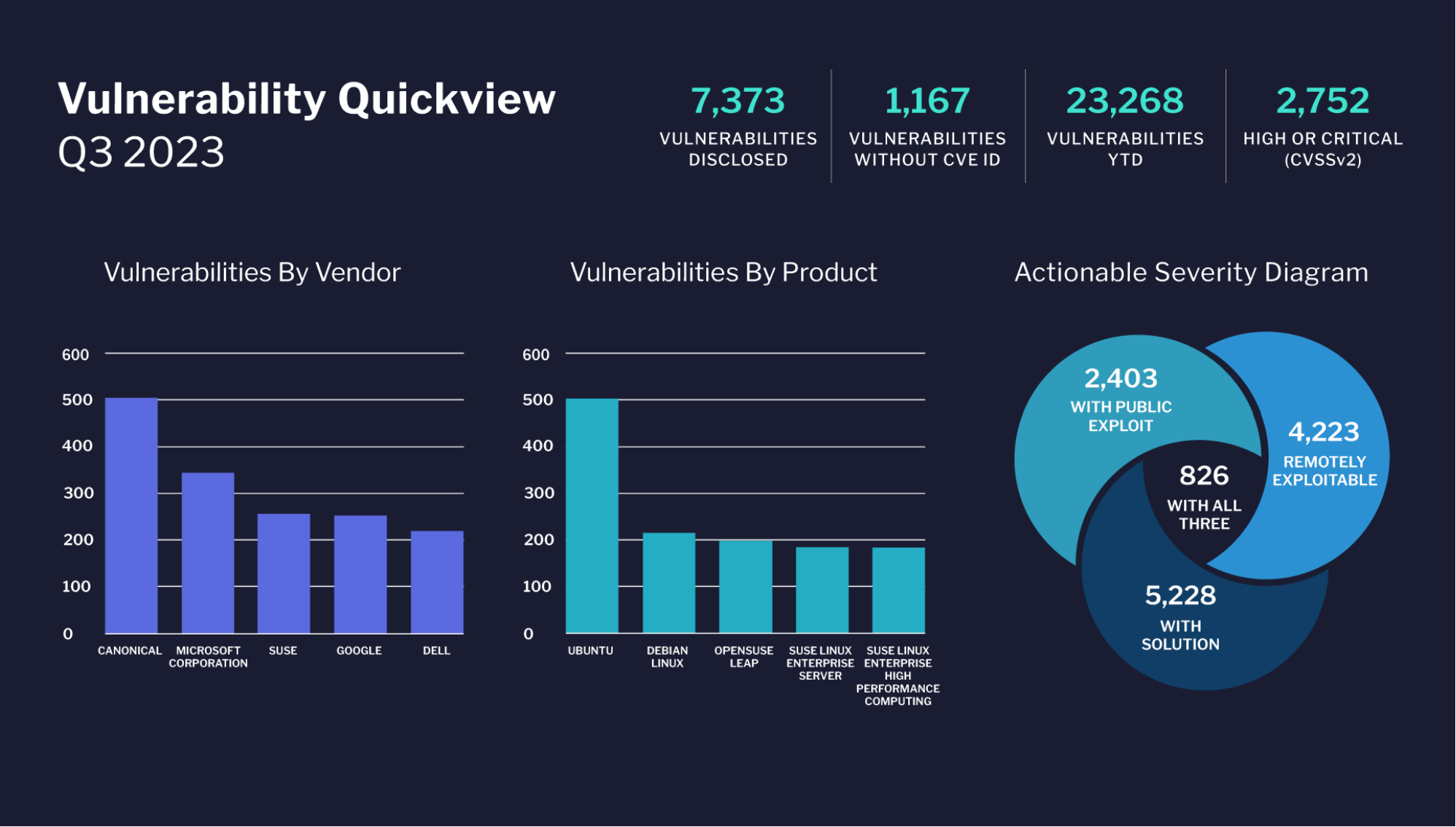We are off to create a new website for our business! We know which web host we shall use. We know which platform we will use. We have suitable, quality page content. So we are pretty much there in terms of getting our website up and running, right!? Well, to an extent. There are several more aspects to consider before hitting that Publish button…
It is one thing to pick a great platform for our website and to be able to select among hundreds of plugins to make it all look amazing. But it is an entirely different thing to position our content properly across the template and achieve browser-friendly page layout. And it is a yet different thing to make the website work for us! It can be tempting to be guided purely by a page template a web host has provided. However, we should always be aware we might be missing vital features that could make the difference between a failing website and a highly successful one.
There are certain principles which all effective websites follow. Broad device compatibility and fast loading are among them. If we get these wrong, we stand to lose visitors before they have even started savoring our content. But if we get them right, we still have a lot of work to do to convert our visitors into customers.
The first thing we should consider is whether we need a content management system (CMS) or a dedicated website platform or website builder. It will do us little good to opt for a CMS that needs lots of tweaking to create an appealing site, or one whose required add-ons slow down the entire online experience.
So unless our service is heavily dependent on regularly updated content, we should consider a platform designed with performance in mind. The good news is that there are lots of these out there. Most of them start at $8 to $10 a month for a simple website which can be customized to provide business services and some considerably more expensive. The downside might be that hosting providers are not known for offering great website themes. We might be better off investing into a professional website template for our service. This is not to rubbish the many great free themes available for virtually every platform, but to stress that a paid template comes with support and upgrades. Some designers even offer free customization.
Experiment with website component placement and behavior to see if they are not confusing to browsers. There is a myriad of slick looking and unusual themes out there. Yet, good websites’ templates cut across transient slickness and stick to a handful of simple principles. Thus, most browsers are used to reading top to bottom, left to right. This is how they will move across our homepage, too. Any good theme designer will accommodate this common reading habit into their theme. “But this is all common sense,” I hear you objecting. Yet, have we placed our logo top left or bottom right? These are the two positions on which most visitors will dwell.
Whether we choose a simple, clear design or a fussier solution, color palette is an important consideration. If we provide entertainment services blue would be a bad idea. Placing red call-to-action buttons on a grey background would be equally bed. Experimenting with color themes should follow the basic rules of color mixing and stick to a set number of colors. These should mesh with the service we are setting out to provide – and with each other. Making it all work is an art, but the time and effort will pay off!

A professional secret from which we can benefit is that using a template without customising it is a bad idea. Even the best templates are just that: anonymous, standard constructs with all the individuality of a tower block. Do we want our browsers to wonder whose site they are visiting right now? Sure, trends matter; webmasters pay each other the ultimate compliment of imitation all the time. But distinctiveness will always win hands down. We really owe it to ourselves to take time, tweak the selected website theme, and make it appealing for our particular customer – not some average statistic out there.
Pitfalls await us along the road to customization, though. We might be tempted to install some of the numerous add-ons – like popups and automated messages – that come with certain templates. Beware! Popups can overlay important site content and distract browsers. We would probably be better-off opting for a theme without such distractions. If we actually need these distractions, we should carefully control their content, placement, and behavior.
Of course, all this can appear petty. Worse, it can engender arguments. Just like a car laden with optional extras, templates weighted down by options are apt to become distressingly liked by colleagues and bosses. We might need to harness all our diplomatic skills to point out that many of these options are not only unnecessary; they can actually put off potential customers. The truth remains, though, that making a successful website often involves small details in which our competitors have overlooked. It does not involve providing infantile entertainment to browsers at the expense of converting them into customers.
The upshot is that making a success of a website involves making browsing as straightforward as it can be. The golden rule-of-thumb for essential components placement is that any important action should never be any more than two or three clicks away. If we bear that rule in mind – and apply it strictly at all times – our website will surely be above average!
By Kiril V Kirilov





